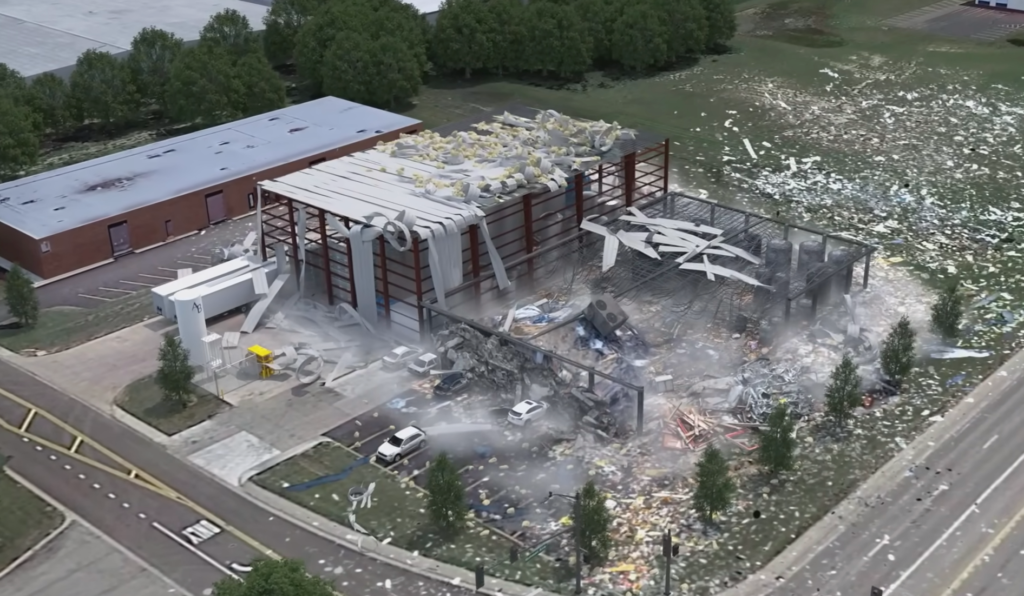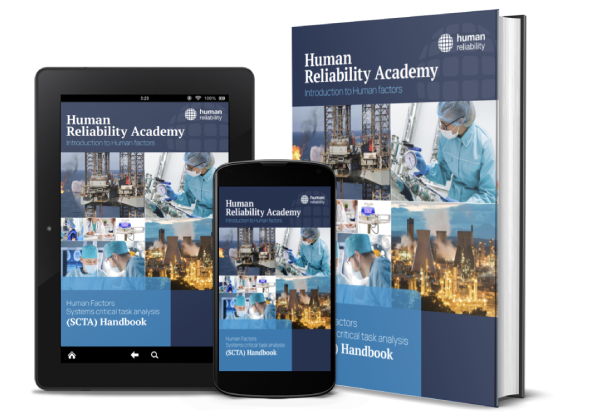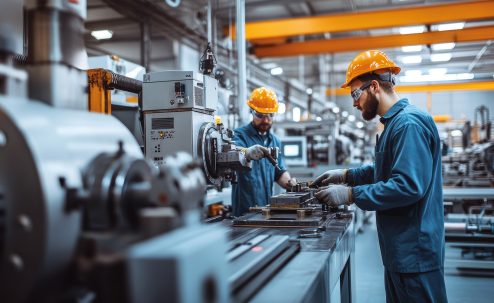Human Factors in Turnarounds: Key findings and lessons learned

Turnarounds are planned events where significant sections of a process plant are shut down to enable maintenance or projects to be carried out. Despite being planned events, they are inherently non-routine and resource intensive.
The Parable of the Ant: Context Shapes Behaviour

“Context shapes behaviour” – This fundamental principle in human performance is brilliantly illustrated through the Parable of the Ant. This blog traces this powerful metaphor from Herbert Simon’s original insight to modern human factors applications.
The Power of Story in Safety Critical Task Analysis

At first glance, the idea of storytelling in Safety Critical Task Analysis might raise eyebrows. Aren’t we dealing with potential major accident hazards, detailed risk assessments, and objective control measures? Why would something as subjective and emotional as “storytelling” have any place in this context?
Introduction To Link Analysis Using SHERPA

Link Analysis is a simple yet powerful tool that visualises workflows, uncovers critical interactions, and enhances design.
On Crafting Effective and Safe Procedures

In safety-critical industries, having a procedure isn’t enough—it needs to be both accurate and user-friendly. A well-crafted procedure can enhance safety, reduce risks, and streamline operations, but only if it’s easy to follow and understand.
The Psychology Behind Alarm Response: Insights from Human Factors

Alarm systems are vital to process control, but poorly designed alarms can compromise operator performance. We explore the complexities of alarm management and highlights how human factors can optimise control system design.
Incident Investigation: Swimlanes & Sequentially Timed Events Plotting (STEP)

Lydea’s latest blog uncovers Swimlane diagrams as a powerful tool for incident investigation. Featuring a detailed case study on the AB Specialty Silicones explosion in 2019, learn how this tool can map out complex processes, identify latent conditions and active failures, and enhance your understanding of critical events.
Critical Competences: SCTA & risk-informed competence standards

Safety Critical Task Analysis (SCTA) is a well-established process in the UK onshore and offshore petrochemical and oil and gas sectors. It is a systematic process for the assessment and management of human failure.
Best practices for procedure writing (Part 2)

My intention in this blog post is to add an extra layer of reflection. Some of this will be a different angle on what has been said before, going deeper into some areas and providing extra information, other elements will be new.
Safety critical task analysis (SCTA) practice: Marginal gains and the Goldilocks zone

We do a lot of Safety Critical Task Analysis (SCTA) at HRA. The company is steeped in its history as David Embrey, MD, published some of the foundational ideas on SHERPA in the early 1980`s, and some of our consultants have been working for decades on applying and developing the methods.













